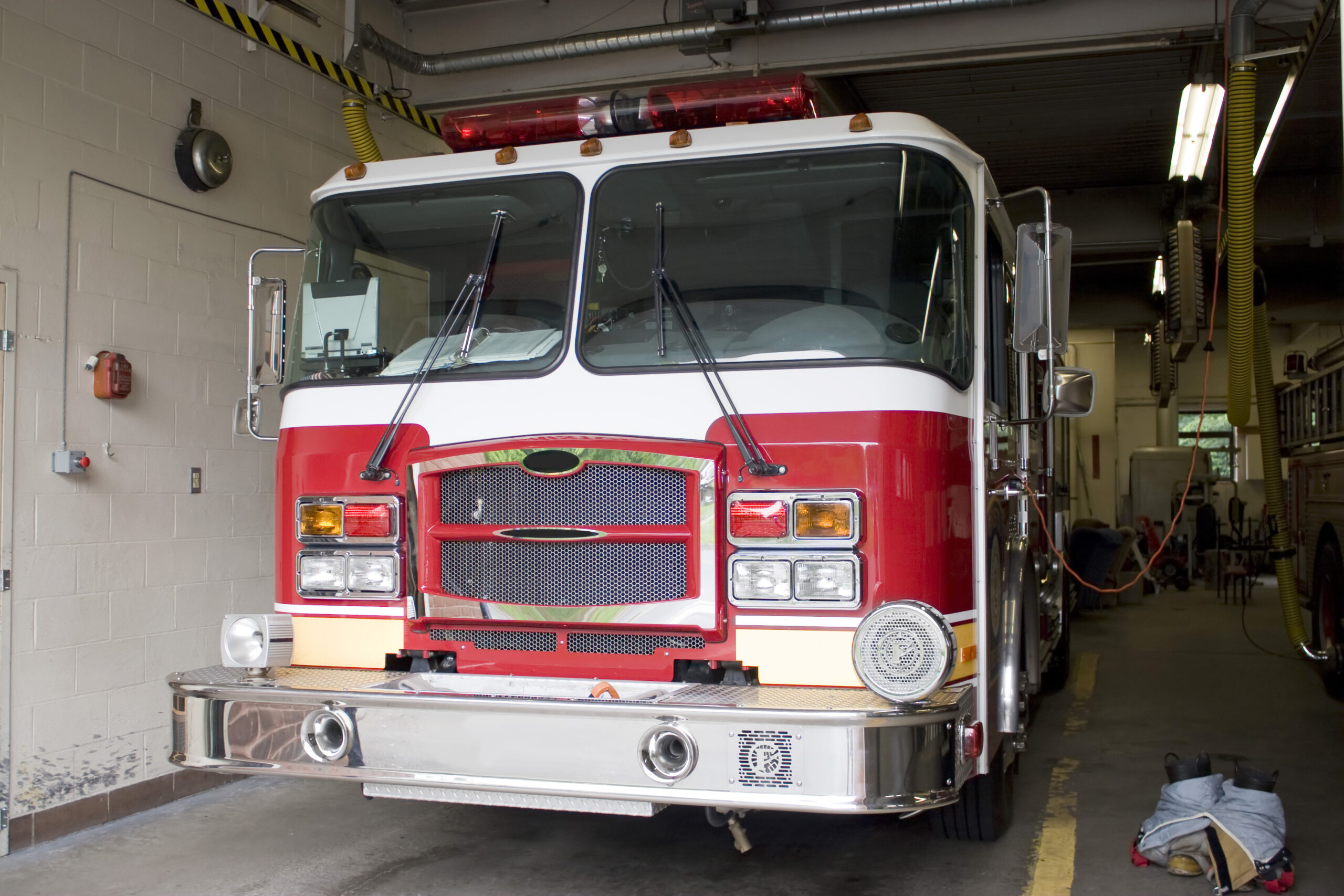In an era marked by unpredictable weather patterns, global pandemics, and civil unrest, the significance of disaster preparedness has never been more pronounced. Understanding what disaster preparedness entails is crucial for safeguarding ourselves and our loved ones against unforeseen emergencies. Essentially, it means equipping ourselves with the knowledge, resources, and strategies needed to effectively respond to a disaster when it strikes. This proactive approach not only mitigates risks but also fosters a sense of security in times of uncertainty.
A fundamental step in this journey is assessing the risks unique to your region. Are you situated in a flood-prone area? Perhaps your community is vulnerable to earthquakes or wildfires? Identifying these potential threats can help tailor your emergency plan accordingly. Research local hazards through government resources or community outreach programs. Engage with neighbors to share insights; many eyes can spot risks that one individual might overlook. By understanding your environment, you lay the groundwork for a robust disaster response strategy.
Next comes the creation of a comprehensive emergency plan—an essential blueprint for safety during crises. Start by outlining communication protocols for your family members. Establish meeting points where you can regroup if separated and designate an out-of-town contact who can relay information if local networks fail. Consider various scenarios: what would happen during a natural disaster versus a technological emergency? Include specific roles for each family member, ensuring everyone knows their responsibilities should chaos ensue.
Once your plan is set, it’s time to think about stockpiling supplies—a cornerstone of preparedness that often gets overlooked until it’s too late. Essential items for your disaster kit include non-perishable food items, water (at least one gallon per person per day), first-aid supplies, flashlights with extra batteries, hygiene products, and important documents secured in waterproof containers. Don’t forget about prescription medications or pet supplies if applicable! Regularly check expiration dates and refresh items as necessary; being prepared means staying current.
However, resilience isn’t solely an individual endeavor—it thrives on collective efforts within communities. Building community resilience involves fostering collaboration among neighbors and local organizations to create support networks that extend beyond personal readiness. Participate in community drills or workshops aimed at enhancing collective awareness and response capabilities during disasters. Sharing resources—from tools to knowledge—can make all the difference when facing adversity together.

In essence, preparing for disasters is about more than just accumulating gear; it’s about cultivating confidence through informed actions and collaboration with others around you. As we navigate increasingly uncertain times, let’s prioritize resilience—not just within our own homes but as part of larger communities committed to supporting each other through thick and thin.
Thank you for reading this post, don't forget to subscribe NOW for FREE!
In conclusion, embracing disaster preparedness equips us with invaluable tools that empower us against life’s unpredictabilities. By understanding our risks, creating actionable plans, stocking up on necessary supplies, and building strong communal ties—we pave the way toward a safer future amid turbulence. Remember: preparedness today leads to resilience tomorrow!






